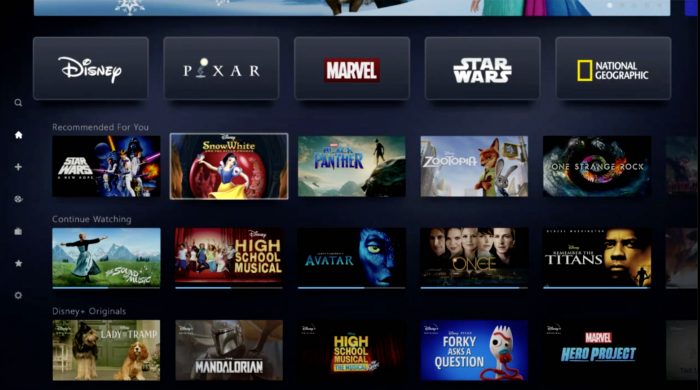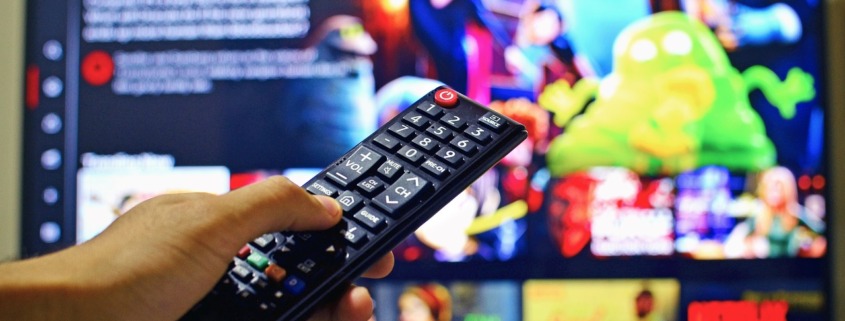Cutting the Cord: How Streaming Services are Reshaping TV Forever!
Streaming services impact on traditional TV
In the dynamic landscape of entertainment, the concept of “cutting the cord” has gained substantial traction. This refers to the growing trend of viewers shifting away from traditional cable television to embrace the vast world of streaming services. The rise of streaming platforms has not only transformed the way we consume content but has also reshaped the entire television industry.
Evolution of TV
Traditional cable TV once dominated households, offering a fixed set of channels for a monthly fee. However, the emergence of streaming platforms has disrupted this model, providing viewers with the freedom to choose what, when, and how they watch. This shift signifies a significant evolution in the way we experience television.
Advantages of Streaming Services
Streaming services bring several advantages to the table. One of the most compelling factors is cost-effectiveness. Unlike cable subscriptions that bundle numerous channels, often irrelevant to individual preferences, streaming platforms allow users to pay for what they want. This customization and flexibility have become the hallmark of the streaming era.
Popular Streaming Platforms
The streaming landscape is vast, with several major players competing for viewers’ attention. Platforms like Netflix, Hulu, Amazon Prime Video, Apple TV +, and Disney+ have become household names. Each offers a unique library of content, catering to diverse tastes and preferences.

Original Content
One key strategy employed by streaming services to attract and retain subscribers is the creation of original content. The importance of exclusive shows and movies cannot be overstated. This shift has not only garnered critical acclaim but has also posed a significant challenge to traditional TV networks.
Technological Advancements
The seamless integration of streaming services into our lives is made possible by technological advancements. Smart TVs, dedicated streaming devices, and high-speed internet have become essential components of the modern viewing experience. These innovations ensure a smooth and immersive journey into the world of on-demand entertainment.
Challenges Faced by Traditional TV
As streaming services gain momentum, traditional TV networks face challenges in retaining viewership. The decline in ratings is evident, and adapting to the digital era requires a strategic overhaul of content delivery and advertising methods.
Changing Consumer Behavior
Viewers today crave on-demand content and have embraced a binge-watching culture. The ability to watch entire seasons in one sitting has become a norm, influencing how content is produced and consumed.
The Cord-Cutting Movement
The cord-cutting movement is more than a trend; it’s a significant shift in consumer behavior. Statistics show a consistent rise in the number of households abandoning cable subscriptions in favor of streaming services. Factors influencing this decision range from cost considerations to the desire for greater control over content.
Impact on Cable Providers
Cable providers are not immune to the effects of cord-cutting. Loss of subscribers has forced them to reevaluate their business models. Strategies to counter this trend include offering streaming services alongside traditional packages.

Future of TV
The future of television lies in the integration of streaming and traditional services. Emerging technologies such as virtual reality (VR) and augmented reality (AR) are poised to further redefine the viewer experience.
Viewer Experience
Personalization is a key element of the streaming era. User interfaces are designed to recommend content based on individual preferences, creating a tailored and engaging experience for each viewer.
Legal and Regulatory Issues
As the streaming landscape evolves, legal and regulatory issues come to the forefront. Licensing and copyrights, as well as concerns related to net neutrality, play a crucial role in shaping the industry’s future.
Global Perspective
The impact of streaming services extends beyond borders. The globalization of content has led to cultural exchanges and a more interconnected entertainment landscape. Streaming services have become a powerful tool for cultural diplomacy.
Conclusion
In conclusion, the shift from traditional cable TV to streaming services marks a transformative period in the history of television. The advantages of cost-effectiveness, customization, and original content have propelled streaming platforms to the forefront of the entertainment industry. As technology continues to advance and consumer preferences evolve, the future of TV promises to be a seamless blend of innovation and immersive experiences.
FAQs
Is cutting the cord really cost-effective?
Yes, cutting the cord allows users to pay for the content they want, potentially saving money compared to traditional cable subscriptions.
How do streaming services impact traditional TV networks?
Streaming services, with their focus on original content, have challenged traditional TV networks, leading to a decline in viewership.
What is the future of television technology?
The future involves the integration of streaming and traditional services, with emerging technologies like VR and AR playing a significant role.
Are legal issues a concern in the streaming industry?
Yes, licensing, copyrights, and net neutrality are crucial issues that impact the streaming landscape.
How do streaming services contribute to cultural exchange globally?
Streaming services contribute to cultural exchange by globalizing content, fostering a more interconnected entertainment landscape.




Leave a Reply
Want to join the discussion?Feel free to contribute!